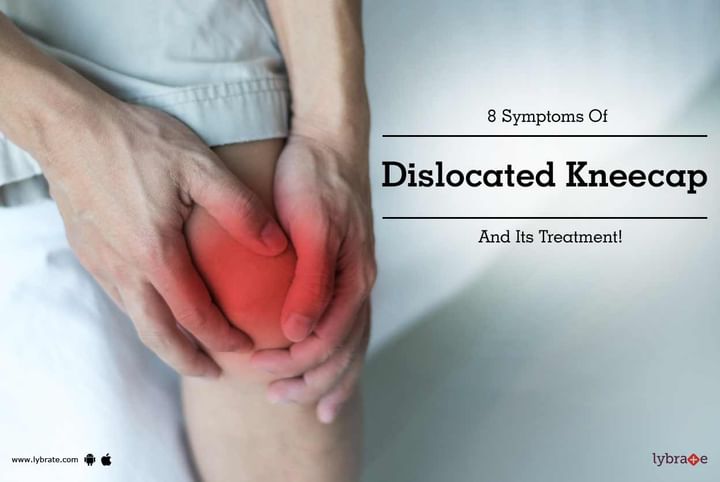8 Symptoms Of Dislocated Kneecap And Its Treatment!
Whether you are an athlete or a ballet dancer, you will appreciate the importance of having a stable kneecap. Medically known as the patella, the kneecap is a triangular bone that connects the upper thigh to the lower half of the leg. It sits in a groove in the bottom of the femur (thigh bone). When the leg is bent, it stays within the groove. When the leg is extended, it provides support to the quadriceps muscles.
That being the case, a dislocation of the kneecap is a very common injury. Subluxation is a state where there is partial movement of the kneecap out of its position, thereby making the patient’s kneecap unstable. When it completely moves out of its place, it is known as dislocation. Whether you fall on your knees during a sport or have a fall from a bike or get injured during dance or aerobics, it is common to have a dislocated kneecap. Some people are prone to repeated dislocations.
Symptoms:
The initial injury is very painful and there might also be damage to the surrounding structures. Other symptoms include:
-
Buckling of the knee, where your legs cannot support your body weight
-
Sliding of the kneecap to a side
-
Catching of the knee in the groove when trying to move it
-
Pain in the front of the kneecap with any activity
-
Painful while sitting
-
Swelling and/or stiffness of the knee joint
-
Crackling/creaking sound when trying to move the knee joint
-
Inability to straighten the leg
Treatment:
Though these sound scary, the good news is that in 90% of the cases, the knee returns to its position spontaneously. However, putting it back into its place is a simple and safe procedure and can be done by almost any seasoned medical practitioner. The first step is to confirm that the kneecap is indeed dislocated. This can be done by a combination of physical exercise and x-ray. If required, MRI can be used, but it is not required in most cases. Initial treatment would include the following steps in sequence:
-
Immobilizing the knee with splint by keeping the leg in a straightened position.
-
Calling for medical assistance immediately. They can replace the knee back in its position carefully (reduction). An injured kneecap can cause what is known as foot drop by putting pressure on the peroneal nerve. The toes drag on the ground, making it difficult for you to walk.
-
Use ice in the affected area for 15 to 20 minutes, and repeat after three to four hours throughout the day to reduce pain and swelling.
-
Surgical correction may not be required, if there is a damage to the ligament.
- Flat femur and/or tissue laxity can cause repeated dislocations, where physiotherapy and strengthening exercises are useful.
Reduction manipulation of pattelar dislocation should be done by qualified orthopaedic surgeon only because forceful and inappropriate manipulation leads to pattelar retinacular tears and chondral injuries to patellar, should be attempted under anaesthesia followed by rehabilitation. In severe, recurrent cases surgical management is the option.
In case you have a concern or query you can always consult an expert & get answers to your questions!



+1.svg)
